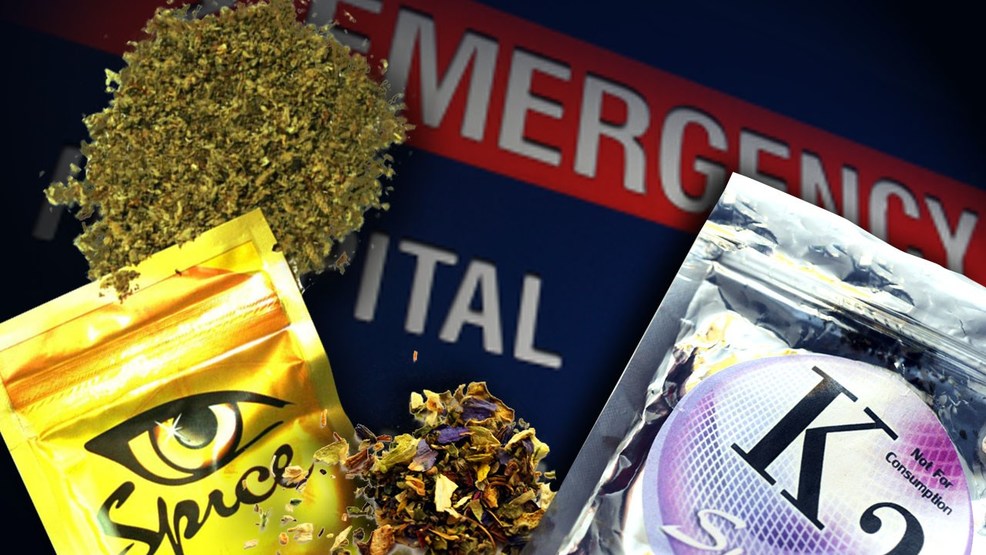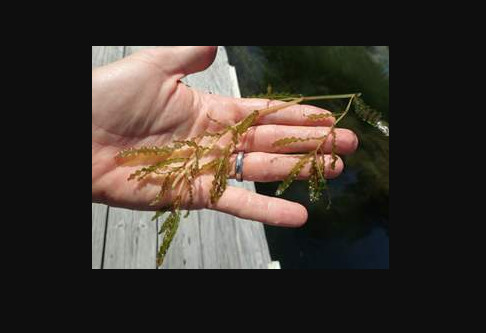You name it, and it’s sure to be vigorously invading my lawn. The summer annual weed grasses seem to be taking over after the recent rains and hot, humid weather. Where are those crisp autumn temps (huzzah for frosty mornings) to kill off the pervasive weed problem in the cool season turf grass? To make matters worse, there is no irrigation system within a mile from here.
Hopefully, relief is on the way with the falling leaves. Until then, let’s ponder what is conquering the yard. Some of the more commonly found annual weed grasses and grass-like weeds are crabgrass, goosegrass, foxtail grass and common Bermuda (aka wiregrass). These plants threaten the turf grass through encroachment, shading and hoggish usage of moisture and nutrient resources. What’s a home gardener to do?
The best approach is to plan now for cool season turf. Two Virginia Cooperative Extension publications (430-010, 430-532) are uniquely crafted to help you plan the approach, maintain the product and control the undesirables. E-search these and other educational articles on the VCE website pubs.ext.vt.edu to get ready for a September planting.
Not all weedy plants in your lawn are annual weed grasses. Nutsedge and rush control is another top priority in Southside lawns. Remembering a simple rhyme will help with identification. “Sedges have edges; rushes are round; grasses are hollow right up from the ground.” Belonging to different plant families accounts for the disparities between these three.
The stem is the most informative part of the plant when deciding whether grass-like vegetation is a sedge or a rush. Recognize a sedge by the triangular stem. Rush stems have a cylindrical round shape.
Plants have preferred habitats, too. Like the rush plant, the sedge (aka watergrass) is often found in saturated soils such as a poorly-drained, low spot in your lawn. For healthy fescue turf, deep and infrequent watering maintains a healthy root system and reduces weed infestations. Conversely, Bermuda grass thoroughly enjoys full sun and tolerates heat and drought. Even dappled shade will keep the Bermuda’s stolons and rhizomes from spreading into an area.
Coloration also varies. Fescue turf is a lovely, deep rich green when healthy and growing. Crabgrass is a lighter green, easily reflecting daylight. Bermuda tends to be a shade somewhere in between. The base of nutsedge spikelets are yellowish to purplish. The foliage of some rushes may even appear blue.
Learn about the plants thriving in your lawn, those you want to control and flourish. Weedalert.com is a handy online source for first identifying the weed. Then, contact the Master Gardener Helpline to learn of techniques for controlling problem weeds in your landscape. Call 356-1979 on Wednesdays, 10 a.m.-noon.
KRISTI HENDRICKS is a member of the Western Tidewater Master Gardeners. Contact her at GardenontheJames@yahoo.com.
Credit: www.tidewaternews.com






